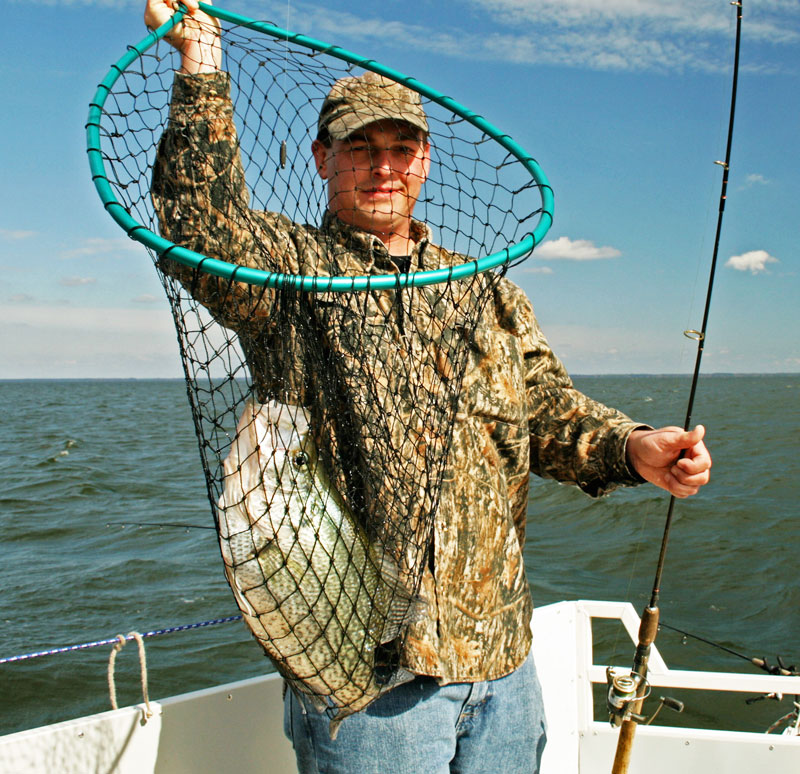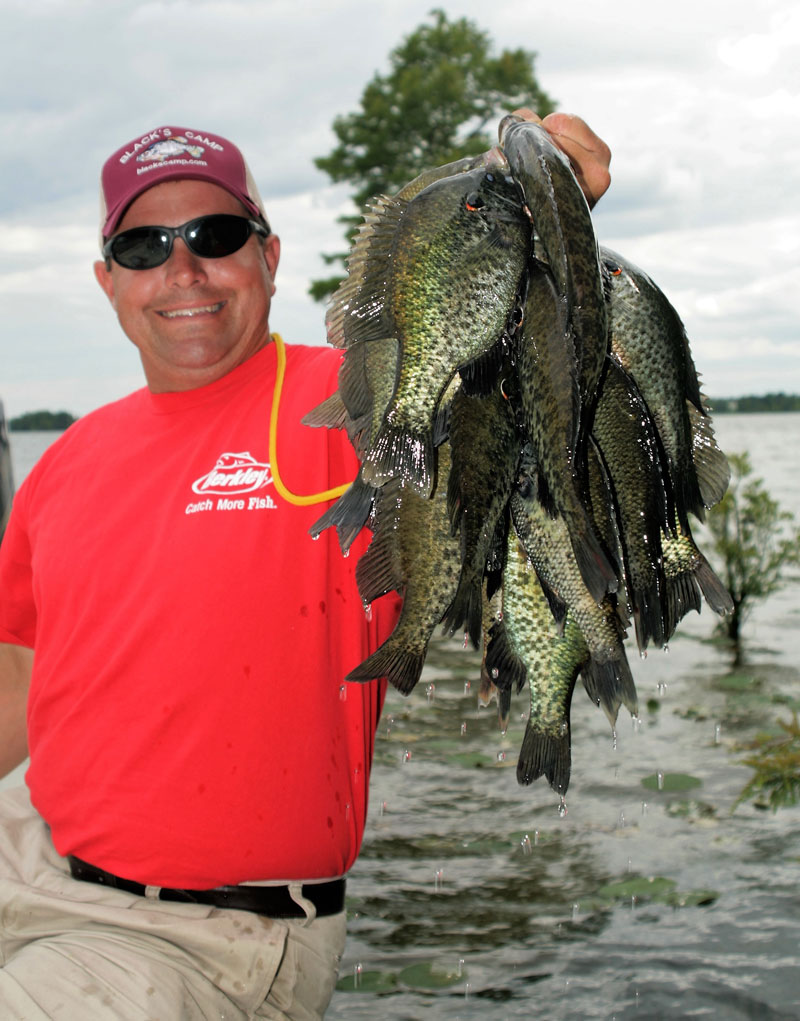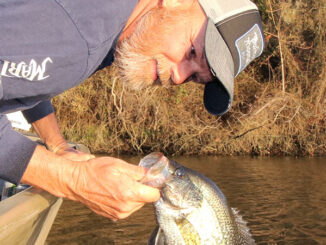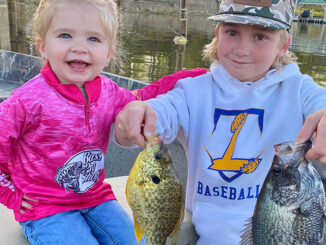
Everything is biting shallow this month at Santee
Shallow-water fishing opportunities abound during spring, and April is a peak month for multiple species swimming in skinny water in the Santee Cooper lakes.
Largemouth bass are bedding, and crappies are still moving in and out of the shallows in their spawning cycle. Huge shellcrackers bed in April, and stripers on their upriver spawning run congregate on shallow sandbars and shallow flats above the I-95 bridge.
Big Bass on Beds
Not all largemouth bass bed at the same time. But throughout April, scads of bass are in shallow water and susceptible to skinny water tactics.
In addition to actual spawning, many bass are in shallow water on prespawn and post-spawn patterns.
Kevin Davis, owner of Black’s Camp on the Diversion Canal, said Marion and Moultrie are excellent for big bass. It’s a matter of finding the right cover.
“Find a productive, shallow-water pattern and keep working that type of cover with the lures working best for you,” he said. “This is prime time to work points and pockets along weedbed edges, cypress and gum trees, stumps and shallow water depressions. (They) are all productive patterns.”
Davis (843-753-2231) said multiple lures are productive during April.
“Fishermen have many options to use their favorite lures. And topwater lures in many forms are excellent, as well as worms, spinnerbaits and crankbaits,” he said. “All can be productive depending on the specific target. And don’t limit your search to wood or weeds. Big bass also relate to the rocks along the long stretches of rip-rap in both lakes.”
Panfish Bonanza
Shellcrackers typically bed in April, and some of the year’s biggest fish are caught in skinny water. Big bream also move into the shallows, and depending on water temperature they’re caught around trees, stumps and weed edges, even when not bedding.
Work a variety of cover, including cypress and gum trees, stumps, weedbed edges and isolated cover on shallow flats until you find a concentration of fish.

When searching for shellcrackers, most experts recommend using red worms. They are deadly on big bream as well. Crickets are preferred when targeting bluegill, but unless you’re picky about the panfish species you’re targeting, have both baits with you. If you catch a couple of shellcrackers on crickets, it a good idea to try red worms, and you’re likely to add multiple shellcrackers to your haul.
Crappie Catching
Crappie action is good around shallow cover, including trees, logs and stumps especially early in the month. This is more hit-or-miss fishing. But it is exceptional when you find the fish shallow.
Be prepared to fish slightly deeper water, especially after a frontal passage. The fish will move from the shallows to cover in the 4- to 6-foot depth range. Long poles with minnows or light spinning tackle work well.
Long-line trolling continues to be productive working the shallow flats and edges along drops. Vary trolling speed in the 0.5 to 1.0 mile-per-hour range while trying different jig sizes and colors until you find the right combination of speed, depth and color for that day. Patterns can vary significantly day to day.
Tight-lining minnows around sunken brush or cover in water less than 15 feet deep is also a high-percentage option. Crappie are constantly moving in and out of shallow water to spawn, and they’ll stage on brush and other slightly deeper cover before and after shallow water forays.
Santee stripers and sandbars
As stripers migrate upriver this month, one connection point for anglers and fish are the river bends where sandbars form.
Steve Pack, a guide out of Pack’s Landing in Rimini, said anchoring on river bends and shallow shoals near deeper water is an excellent choice for April stripers.
“We’ll anchor upstream from the target and let the current move our baits into position along the sandbar. And we’ll also fish some baits in the deeper water,” he said.
Unless he’s regularly getting bites, Pack will give an area about 30 minutes before moving to another spot. He said striper action varies. Often, it will be steady at a single spot. But it’s not uncommon to pick up a couple of fish quickly, then have to move to other areas to continue catching fish.
Pack (803-452-5514) said fishing the shallow edges around deeper holes and drops in flats is another good April option. He said the bait of choice for stripers, regardless of where you fish, is cut or whole live herring.





Be the first to comment